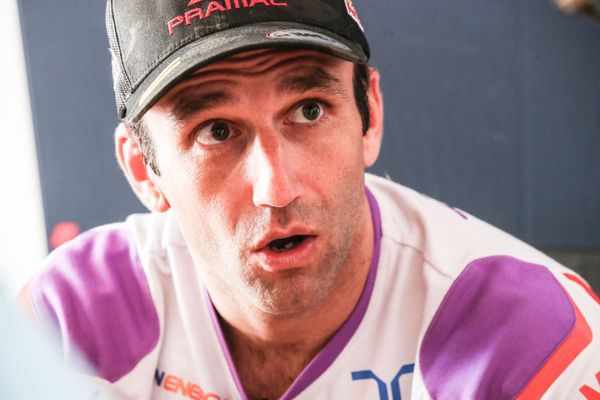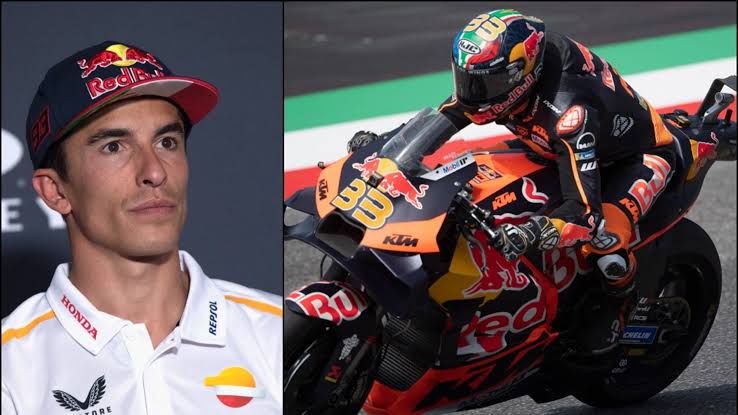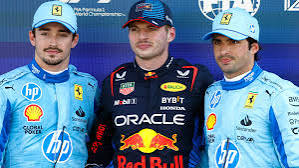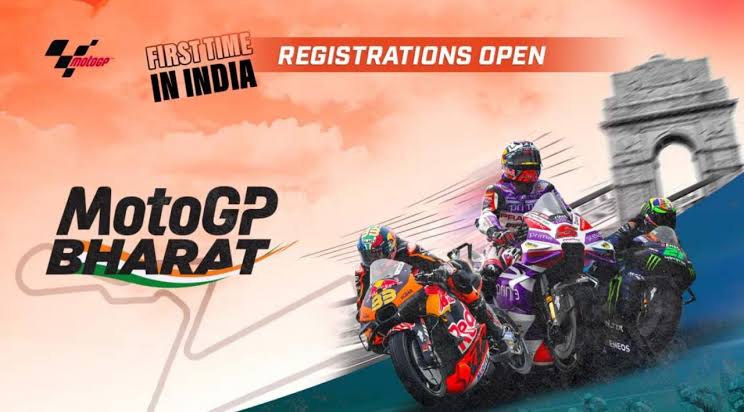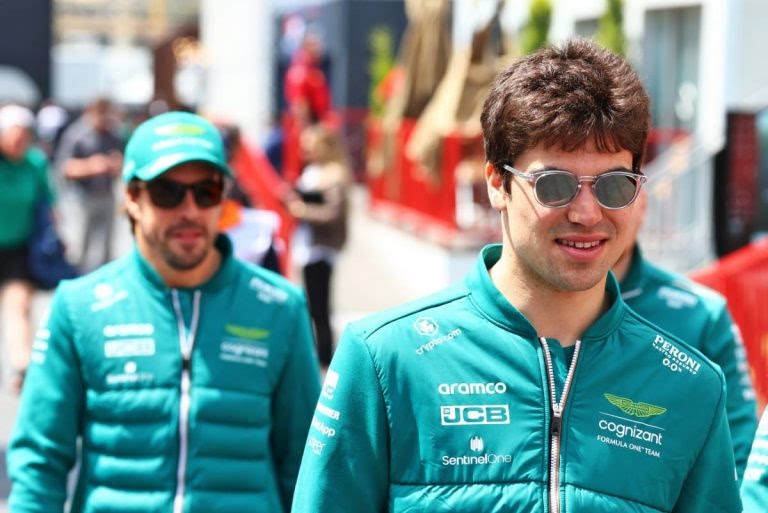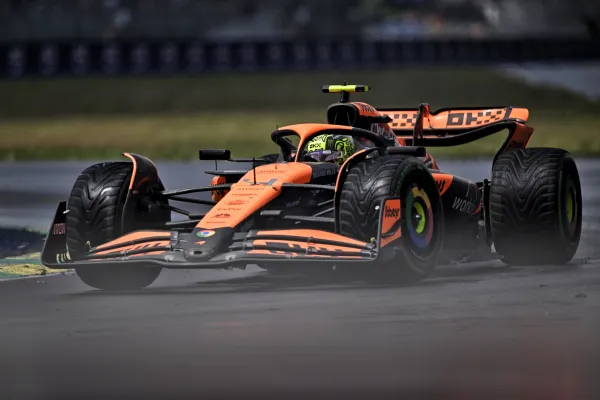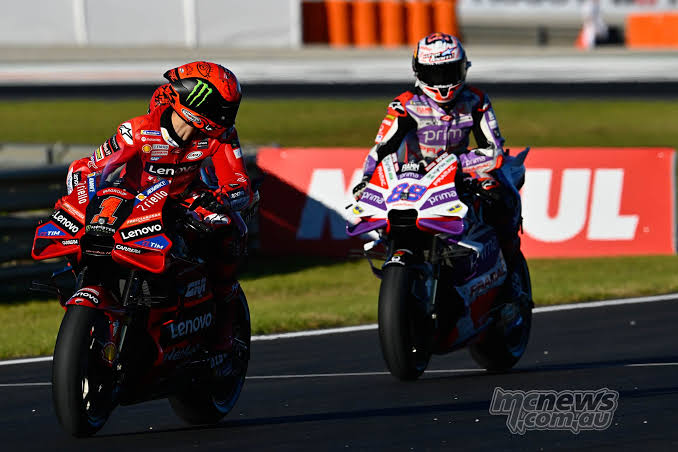Formula One Bahrain Grand Prix Upgrade Insights
The Bahrain Grand Prix marks a pivotal moment in the Formula One calendar, especially for teams seeking to enhance their performance through strategic upgrades. As the 2025 season unfolds, several teams have brought significant updates to their cars, aiming to improve their standings in the championship. This article delves into the upgrades introduced by key teams, focusing on Ferrari, McLaren, and Red Bull, and explores how these changes might impact the competitive landscape of F1.
Introduction to F1 Upgrades
In Formula One, upgrades are crucial for maintaining competitiveness throughout the season. Teams continually analyze their car’s performance, identifying areas for improvement and implementing changes to gain an edge over their rivals. The Bahrain Grand Prix, with its challenging conditions, provides an ideal setting for teams to test these upgrades. The circuit’s combination of high-speed corners and long straights demands a balance of downforce and drag, making it a perfect venue for assessing the effectiveness of new components.
The Role of Upgrades in F1 Strategy
Upgrades in F1 are not just about adding new parts; they are part of a broader strategic plan. Teams must carefully consider how each change will impact the overall performance of the car. This includes evaluating how upgrades interact with existing components and ensuring that they align with the team’s long-term goals. For instance, a team might prioritize aerodynamic improvements to enhance their car’s handling in high-speed corners, while another might focus on engine performance to gain an advantage on straights.
Ferrari’s Strategic Upgrades
Ferrari, facing a challenging start to the 2025 season, has introduced a comprehensive upgrade package for the Bahrain Grand Prix. The Italian team’s SF-25 has been equipped with a new floor design, targeting enhanced downforce and aerodynamic efficiency. This upgrade includes reprofiled floor fences, modifications to the leading edge of the floor body, and changes to the floor edge wings and diffuser. Additionally, Ferrari has tweaked the winglet on the rear wing pillar to further improve the car’s aerodynamic performance.
Ferrari’s deputy team principal, Jerome d’Ambrosio, emphasized that these upgrades aim to add marginal yet significant gains in performance, rather than revolutionize the car’s overall performance picture. This approach reflects Ferrari’s strategy to incrementally improve their car’s capabilities, focusing on steady progress rather than dramatic changes.
McLaren’s Upgrades
McLaren, currently leading the championship with Lando Norris, has also brought updates to their MCL39. The team introduced a new front brake duct winglet designed to enhance aerodynamic flow conditioning, which should improve the car’s overall aerodynamic performance. This upgrade is part of McLaren’s ongoing effort to maintain their competitive edge, especially as they face strong challenges from Red Bull and Ferrari.
McLaren’s strategy highlights the importance of continuous development in F1. By focusing on specific components like the front brake duct, teams can achieve significant improvements in handling and speed without major overhauls. This approach also underscores the value of precision engineering in F1, where small changes can have a substantial impact on performance.
Red Bull’s Tactical Adjustments
Red Bull Racing, known for their innovative car designs, has introduced a front wing with a longer-chord upper element. This change allows for greater flexibility in setting up the car, particularly when paired with higher-downforce rear wings. Additionally, Red Bull has updated their cooling system with new louvres, designed to manage the high temperatures typical of the Bahrain circuit.
These adjustments reflect Red Bull’s adaptability and focus on optimizing their car for different conditions. By enhancing cooling efficiency, they ensure that their powertrain operates at optimal levels, even in extreme heat. This is particularly important in Bahrain, where engine reliability can be a deciding factor in race outcomes.
Haas and Cooling Upgrades
Haas F1 Team has also made notable changes, focusing on cooling improvements. They have modified the central outlet at the rear of their engine cover to enhance heat expulsion, similar to Red Bull’s approach. This strategy is crucial for maintaining engine performance and reliability during the hot Bahrain weekend.
Cooling upgrades are not just about managing temperatures; they also play a role in reducing weight and improving aerodynamics. By optimizing cooling systems, teams can reduce the size and weight of cooling components, which in turn can enhance the car’s overall efficiency.
Impact of Upgrades on the Championship
The upgrades introduced by these teams will significantly influence the dynamics of the championship. Ferrari’s efforts to regain competitiveness could potentially challenge McLaren’s lead, while Red Bull’s adjustments aim to solidify their position among the top contenders. The success of these upgrades will be closely watched, as they could shift the balance of power in the championship.
Moreover, the impact of these upgrades extends beyond the immediate race results. They set the stage for future developments, as teams continue to refine their cars based on data gathered from these initial tests. This ongoing cycle of improvement is what makes F1 so dynamic and competitive.
Future Developments and Challenges
As the season continues, teams will face new challenges and opportunities. The upcoming races will provide additional data on the effectiveness of these upgrades, guiding further development. Teams must balance short-term gains with long-term strategies, ensuring that their upgrades align with their overall vision for the season.
In this context, collaboration between engineers, drivers, and strategists is crucial. Feedback from drivers plays a vital role in refining upgrades, as it provides firsthand insights into how changes affect the car’s handling and performance. This collaborative approach is essential for maximizing the impact of upgrades and staying competitive throughout the season.
The Role of Innovation in F1
Innovation is at the heart of Formula One’s success. The sport’s emphasis on technological advancement drives teams to push the boundaries of engineering and design. This culture of innovation not only enhances the sport but also contributes to broader technological advancements, as technologies developed in F1 often find applications in other industries.
The Bahrain Grand Prix upgrades reflect this spirit of innovation, showcasing how teams use cutting-edge technology to solve complex problems. Whether it’s optimizing aerodynamics or improving cooling efficiency, each upgrade represents a step forward in the pursuit of performance.
Conclusion: The Ever-Changing Landscape of F1
The Bahrain Grand Prix serves as a critical juncture for F1 teams to showcase their latest innovations and strategies. Ferrari, McLaren, and Red Bull have each brought unique upgrades, reflecting their distinct approaches to improving performance. As the season progresses, these updates will play a pivotal role in determining the championship’s outcome. Upgrades highlight the dynamic nature of Formula One – as teams continually evolve and improve their cars, the competitive landscape shifts, presenting new challenges and opportunities. This ongoing cycle of innovation and competition is what makes F1 so captivating, both for fans and participants alike.
As the 2025 season unfolds, the impact of these upgrades will become clearer, influencing the trajectory of the championship. Whether it’s Ferrari’s pursuit of redemption, McLaren’s quest to maintain their lead, or Red Bull’s push for dominance, each team’s upgrades will play a crucial role in shaping the season’s narrative.
In the end, the true test of these upgrades will be their ability to deliver results under the intense pressure of competition. As teams continue to refine their strategies and technologies, the Bahrain Grand Prix will remain a pivotal moment in the season, marking a turning point in the battle for supremacy in the world of Formula One.



